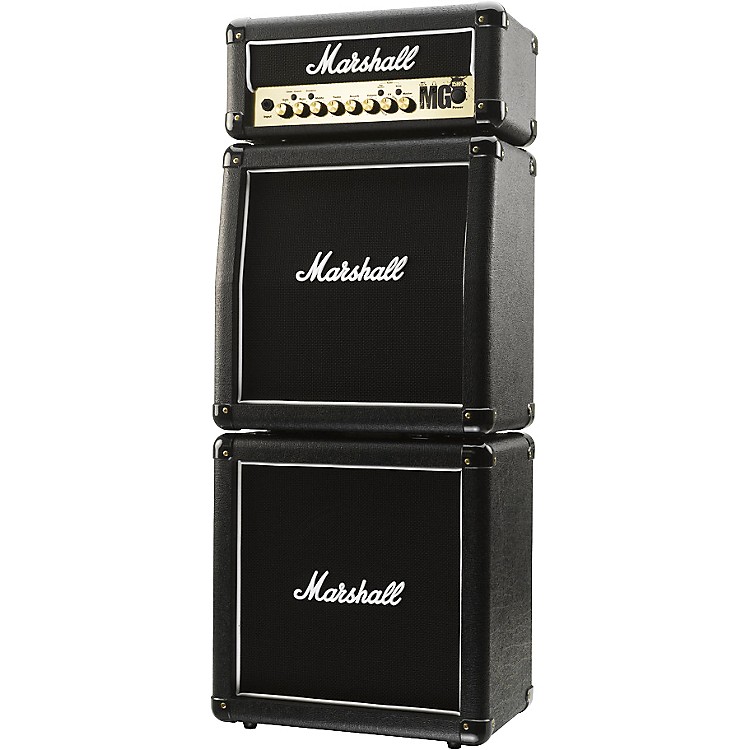

In recent years, Marshall has moved into digital and solid-state products, which often aim to replicate their classic sounds in an easier to produce/cheaper to sell setting. At a similar time (the mid 90’s) the first special edition model, the ‘Slash Signature’ was released. The JCM 900 furthered the sound of Marshall amps, with even more distortion delighting the brands users. Soon came iconic amps like the JCM 800 and The Jubilee, further pushing the brand around the world, by this point becoming a staple in rock music, as well as defining the live sound of Guns N Roses through The Jubilee. Eventually, players realized that increasing the MV of the amps could provide a heavily overdriven wailing sound enjoyed by players like Zakk Wylde. They also introduced the MV series, which maintained the overdrive that defined the Marshall sound while controlling the volume of their amps. Throughout the 70s, the brand grew further and they switched to using printed circuit boards rather than handwiring their amps. This era of Marshall become very recognizable thanks to their plexiglass front panel. They then began to created huge Marshall stacks, which were employed by bands such as The Who, to give their instruments enough volume to fill the stadiums they often sold out.Įventually, the KT66 valve became too expensive and they moved to the Mullard E元4 which furthered the aggression of the sound which impressed Jimi Hendrix. Eric Clapton himself requested a combo amp with tremolo, leading to the creation of their first well-known variety: the Bluesbreaker. A huge number of bands are associated with the amp, ranging from Guns N Roses’ guitarist Slash (who has his own customised set of amps), to Eric Clapton and Jimi Hendrix.Įarly on, Marshall produced amps with a uniquely ‘aggressive’ tone thanks to their KT66 valve. The Marshall amplifier brand is arguably the most recognizable out of every brand. Make sure you’re absolutely certain why you’re buying your amp, and therefore which type of amp will be your best bet. This also makes them more prone to breaking, and they will always cost a considerable amount more than a solid state. The main problem with tube amps are their size and weight due to the mechanics within the amp. A tube amp will also almost always be louder than a solid state, making this a better choice for gigging. Furthermore, a tube amp is much more responsive and offer a more ‘real’ distortion, that may value above the digital distortion of a solid state amp. However, the sound quality of a solid state amp often lacks at higher volumes, with this often leading to the unintended distortion of otherwise clean signals. They are also lighter and easier to use than a valve amp. Also, an effect heavy, ‘modern’ amp will always be solid-state, as they are capable of having digital screens fitted and a vast array of technology added to the output signal. This means a solid state amp is cheaper to produce (and therefore sell), and are typically chosen as practice amps. A valve/tube amp uses vacuum tubes to amplify the sounds. 7 Marshall JCM 25/50 255X Silver JubileeĪ solid state amp essentially uses electronic signals to amplify signal rather than vacuum tubes.3 What Should You Be Looking For In A Marshall?.


 0 kommentar(er)
0 kommentar(er)
